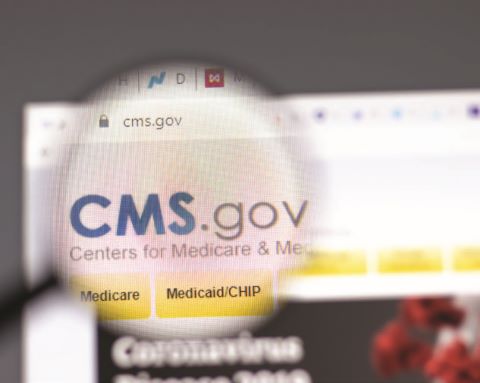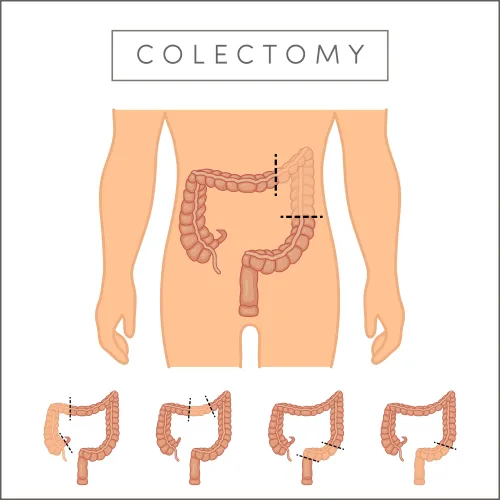Prepare for Big Fee Reduction in 2023
You could face negative 8.5 percent adjustment unless Congress intervenes. As if industry protest about Medicare’s proposed 4.4 percent conversion factor (CF) reduction for 2023 wasn’t enough, the Centers for Medicare & Medicaid Services (CMS) announced a 4.5 percent CF drop the final rule. Position: CMS had originally proposed in July to cut the CF by $1.53 for CY 2023, decreasing the rate from $34.61 to $33.08. Then CMS issued the calendar year (CY) 2023 MPFS final rule in November with the decision to cut the CF even more to $33.06 ($1.55 less than the 2022 amount). You can access the rule at www.federalregister.gov/documents/2022/11/18/2022-23873/medicare-and-medicaid-programs-cy-2023-payment-policies-under-the-physician-fee-schedule-and-other. Reasons: The Protecting Medicare and American Farmers from Sequester Cuts Act provided a 3 percent supplemental PFS increase for 2022, which is expiring. Plus, the required budget neutrality adjustment must account for increased physician fees for several evaluation and management categories, leading to the 4.5 percent cut. That’s not all: In addition to the CF change, physicians face the 4 percent Medicare cut due to the Pay-As-You-Go (PAYGO) Act, bringing the total clinician impact to a whopping 8.5 percent pay reduction. That doesn’t account for the 2 percent Medicare sequestration cuts that fully resumed in 2022. See Industry Response to CF Decrease The CF news raised a broad outcry across industry stake holders. In a special bulletin on the rule, the American Hospital Association (AHA) expressed concern “that this cut is coming in the wake of nearly two years of unrelenting financial pressures on the health care system due to the ongoing COVID-19 public health emergency (PHE), increased inflation, rising staffing costs and increased costs for non-labor supply categories due to national shortages.” Warning: The American Medical Association (AMA) issued a bleak forecast if the reduction goes into effect, predicting that the CF cut would “create immediate financial instability in the Medicare physician payment system,” according to AMA president Jack Resneck Jr., MD, in a statement. “Unless Congress acts by the end of the year, physician Medicare payments are planned to be cut by nearly 8.5 percent in 2023 — partly from the 4 percent PAYGO sequester — which would severely impede patient access to care due to the forced closure of physician practices and put further strain on those that remained open during the pandemic,” he adds. Access: The AHA predicts “a negative impact on patients’ access to certain services,” and the Medical Group Management Association (MGMA) agrees. “Ninety percent of medical practices reported that the projected reduction to 2023 Medicare payment would reduce access to care,” observes Anders Gilberg, MGMA senior vice president, government affairs, in a statement on the rule. Stakeholders are calling on Congress to take action. “This cannot wait until [the] next Congress — there are claims processing implications for retroactively applying these policies,” according to Gilberg. Note: Congress had not acted to change the CF by publication time for this article. Remember: CMS faced a similar situation in the past. The CY 2022 final rule cut the CF by $1.30, reducing it from $34.89 to $33.59. That change coincided with the expiration of the 3.75-percent CF increase that had originally been a provision under the Consolidated Appropriations Act, 2021 (CAA). Last year’s CF saga continued when Congress stepped in with the Protecting Medicare and American Farmers from Sequester Cuts Act on Dec. 10, 2021, and added a 3-percent increase back into the CF equation. Action: Along with more than 100 healthcare professional organizations, the American College of Surgeons (ACS), is urging Congress to stop 2023 Medicare cuts by advocating for the Supporting Medicare Providers Act of 2022 (H.R. 8800, available at www.congress.gov/bill/117th-congress/house-bill/8800). The law would provide a 4.42 percent positive adjustment to the CF for 2023. In a Sept. 30 letter to the bill’s sponsors, the professional organizations state that they “strongly support H.R. 8800 as an essential step toward providing clinicians with financial stability and ensuring patients have access to critical services our members provide.” Brush Up on CF’s Role in Medicare Pay CMS determines physician payment via the MPFS by comparing the “relative” level of physician work and other costs associated with different procedures. Specifically, CMS uses the resource-based relative value scale (RBRVS) to assign a value for each procedure. The annual update to the MPFS establishes values (called relative value units, or RVUs) for each procedure code, and the RVUs may or may not change from year to year based on a review of updates in medical practice. Each code may also have a different value depending on the setting/site of facility or nonfacility. That’s because procedures performed in a setting such as the physician office may incur greater cost to the physician than the same procedure performed in a facility such as a hospital because the facility bears some of the overhead procedural costs. Breakdown: The facility and nonfacility total RVUs are the sum of three component RVUs: Physician work RVUs and malpractice expense RVUs are the same, regardless of the setting (facility or nonfacility). Practice expense RVUs may vary by site of service, which accounts for the difference in facility and nonfacility RVU totals for a given code. Locale: Medicare fees also vary geographically. To determine payment, the payer multiplies each component RVU by its own geographic practice cost index (GPCI) for the payment locality, then adds the values for the total RVUs for that service. CF: Once you have the total RVUs based on the procedure code, setting, and locale, you still don’t have a dollar payment amount. That’s where the conversion factor comes in. When the payer multiplies the RVUs by the CF, that yield is the payment amount. Bottom line: The CF is the final, impactful step in determining what Medicare pays your pathologists for their professional services.





